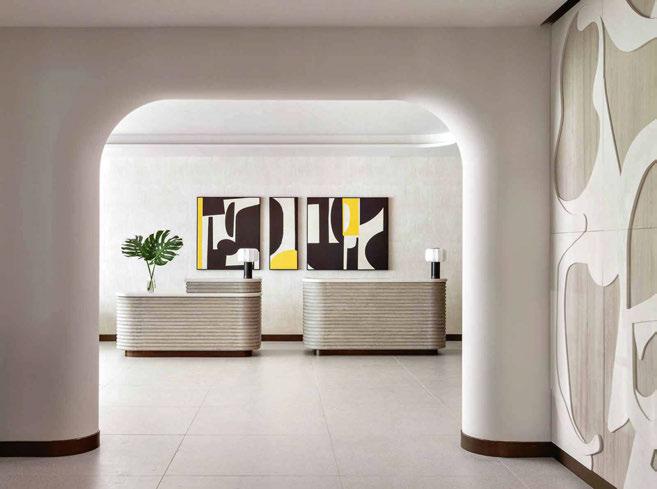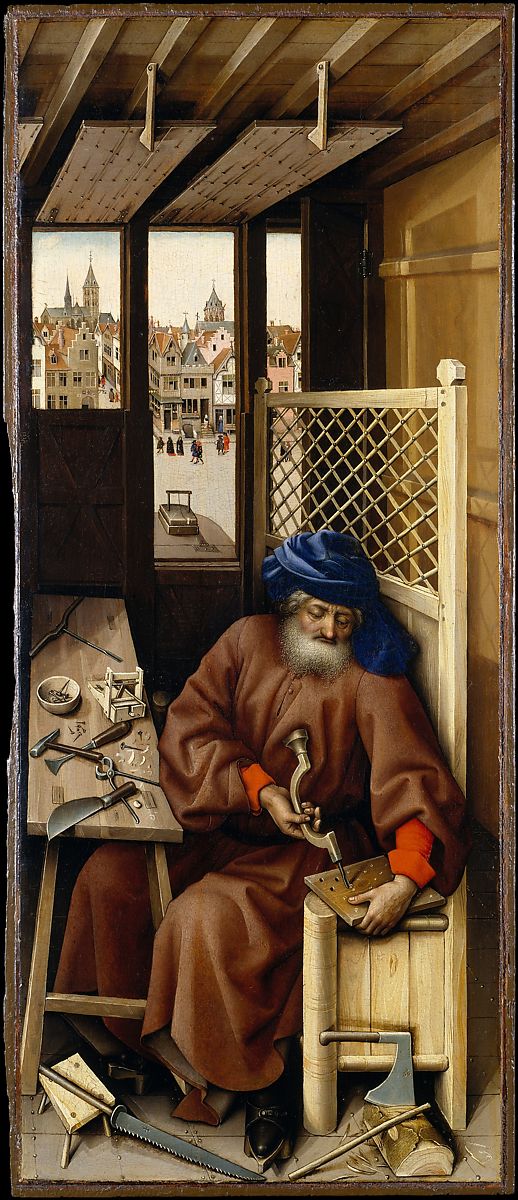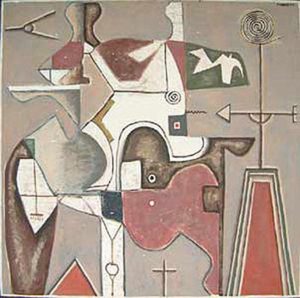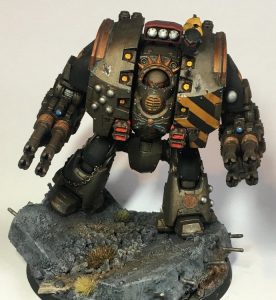Color accuracy is crucial in the world of custom printed wall murals. It ensures that the final product matches the original design intentions, both in vibrancy and detail. However, achieving true color fidelity is fraught with challenges, from digital file preparation to the physical printing process. This article explores th informative post ese challenges and offers solutions to ensure your custom printed wall murals are as vivid and accurate as envisioned.
Understanding Color Accuracy
What is Color Accuracy?
Color accuracy refers to how well the colors in the printed mural match the original digital design. It’s essential for maintaining the aesthetic integrity of the design, especially in large-scale applications like wall murals.
Color Models and Their Impact
Wall murals are typically printed using the CMYK color model, which stands for Cyan, Magenta, Yellow, and Key (black). This is different from the RGB color model used in digital screens, which can lead to discrepancies in color reproduction.
Common Causes of Color Inaccuracy
Digital File Preparation and Image Resolution
Poor file preparation can lead to significant color shifts. High-resolution images are essential, as lower quality files can pixelate and distort colors when printed on large surfaces.
Printer Technology and Ink Quality
The type of printer and the quality of the ink used can greatly affect color output. Different printers and inks can produce varying levels of color saturation and hue accuracy.
Substrate Material
The material onto which the mural is printed can also influence color perception. Different materials absorb and reflect inks in varying ways, which can alter the appearance of colors.
Observer Metameric Failure (OMF)
Understanding OMF
Observer Metameric Failure occurs when colors look different under various light sources. This is a common issue in mural printing where the lighting conditions in the installation environment can affect the perceived colors.
Minimizing OMF
To minimize the effects of OMF, it’s important to consider the lighting conditions of the mural’s final location during the design process.
Calibration and Color Management
The Role of Calibration
Calibrating monitors and printers is vital for achieving color accuracy. This process ensures that the colors you see on your screen are what get printed on the mural.
Color Management Systems
Using a color management system can help bridge the gap between digital designs and physical prints. These systems adjust colors to match the output capabilities of printers.
Preparing Digital Files for Printing
Best Practices for File Preparation
- Use high-resolution images: Always choose the highest resolution possible to avoid pixelation.
- Select the correct color profile: Ensure the color profile matches the printing specifications.
Tips for File Preparation
- Avoid compression: Compression can degrade image quality and alter colors.
- Proofread colors: Always run a test print to check color accuracy before final printing.
Material and Ink Considerations
Impact on Color Accuracy
The choice of material and ink plays a significant role in the color output of wall murals. Some materials may not hold colors as well as others, leading to faded or inaccurate hues.
Recommendations
- Choose high-quality inks: Invest in the best ink your budget allows to ensure vibrant and lasting colors.
- Select appropriate materials: Consider the mural’s environment and choose materials that suit both the location and the desired color fidelity.
Troubleshooting Color Accuracy Issues
Common Problems and Solutions
- Color mismatch: Adjust the color profile or recalibrate your equipment.
- Fading colors: Use UV-resistant inks and materials suited for high-light environments.
Adjusting Color Discrepancies
If colors do not turn out as expected, software adjustments or tweaking the physical printing setup may be necessary.
Professional Tips for Enhancing Color Accuracy
Expert Advice
- Consistent monitoring: Regularly check and recalibrate your equipment to maintain color accuracy.
- Professional consultation: Don’t hesitate to consult with color experts when facing complex color management issues.
Importance of Proofing
Proofing is critical. Always print a small-scale proof to verify colors before committing to the full-sized mural.
Conclusion
Addressing color accuracy in custom printed wall murals is essential for delivering a product that meets both the artistic vision and the client’s expectations. By understanding the factors that affect color reproduction and implementing rigorous color management practices, you can significantly enhance the quality and impact of your printed murals.


I am Nicholas Cremean, your guide and expert in the nuanced world of mural installations. With over a decade of experience in the mural industry, I specialize in bringing artistic visions to life on walls and surfaces of all types.




